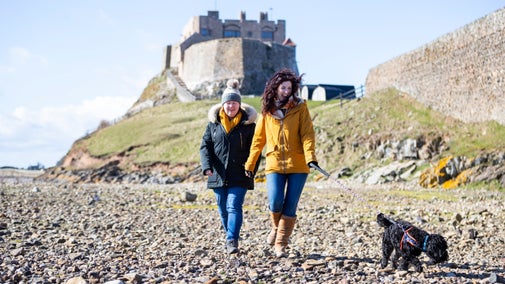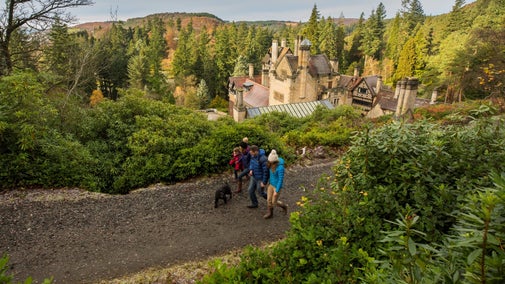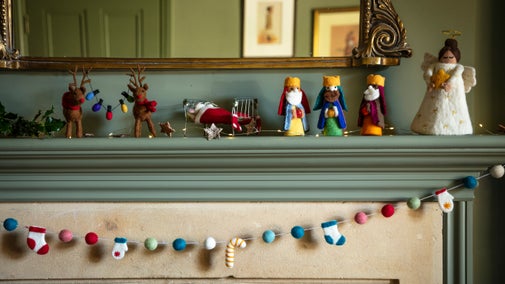Inner Farne wildlife walk
North East
Follow a gentle circular walk on the Farne Islands, one of the natural highlights of the Northumbrian coast. Famed for providing sanctuary to St Cuthbert in the 7th century, Inner Farne is now renowned as a summer haven for nesting seabirds. For a unique wildlife experience, visit between April and July, or explore a more tranquil, historic island after the breeding season finishes.
Near to
Farne IslandsStart point
Island jetty, grid ref: NU218359Trail information
*A circular route over boardwalk and cobbles. For further details, please see Terrain section.
**Boardwalk with no handrail, suitable for most pushchairs. Can be slippery. For further details, please see section marked Access.
***Dogs, including assistance dogs, are not allowed on the islands to minimise disturbance to breeding birds and seals.
Breeding Arctic terns
Arctic terns make very protective parents, so beware when their chicks have hatched. If you walk too close, they'll dive-bomb you to keep their little ones safe – remember to bring a hat to protect your head. You can also slowly wave a hand above your head to discourage them.
More near here
Lindisfarne Castle walk
Enjoy a short walk around Lindisfarne Castle, taking in the 19th-century lime kilns, castle headland and the walled garden designed by Gertrude Jekyll. Includes options for more accessible routes.

Dunstanburgh Castle ghost walk
If you'd like a spooky ghost walk in an isolated setting, look no further than this stretch of Northumberland coastline, dominated by the magnificent ruin of Dunstanburgh Castle.

Get in touch
Near Seahouses, Northumberland, For Sat Nav use NE68 7RQ
Our partners

We’ve partnered with Cotswold Outdoor to help everyone make the most of their time outdoors in the places we care for.
You might also be interested in
How to visit the Farne Islands responsibly
We’ve put together some guidelines for you to follow to make sure the wildlife stays safe when you visit, plus tips for taking photos without disturbing the seabirds.

Walking in the North East
Explore some of the best walking routes in North East England with the National Trust. From scenic coastal walks and historic countryside trails to family-friendly and dog-friendly paths, discover unforgettable walks across Northumberland, Tyne & Wear, and County Durham.

Shopping on the Farne Islands
Whether you're looking for a souvenir to take home or a present for a loved one, make sure you stop by the shop in the centre of Seahouses. The shelves are bursting with gifts. Find colourful throws made from upcycled wool, home accessories inspired by nature, colourful handmade jewellery and prints by local artists. There are books for all ages and toys inspired by the great outdoors too.

Things to see on the Farne Islands
Inner Farne is now closed for landings and will reopen on 1st April 2026. Find out what you might see when you take a boat trip to the Farne Islands, from wildlife such as puffins and grey seals, to centuries-old buildings including St Cuthbert's Chapel.

Walking
Explore some of the finest landscapes in our care on coastal paths, accessible trails, woodland walks and everything in between. Find the best places to walk near you.

Staying safe at National Trust places
The special places in National Trust care sometimes come with a few risks for visitors, be it coastline or countryside. Find out how to keep safe throughout your visits.

Cotswold Outdoor: our exclusive walking partner
Learn about the National Trust’s ongoing partnership with Cotswold Outdoor. Find out how they help us care for precious places and the exclusive discount available for National Trust supporters.



